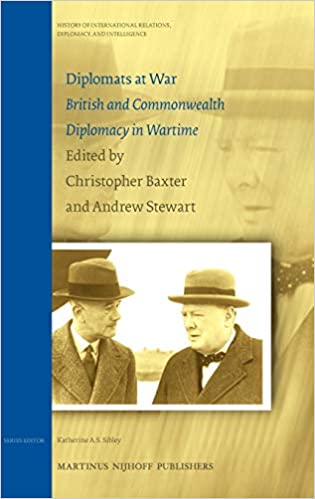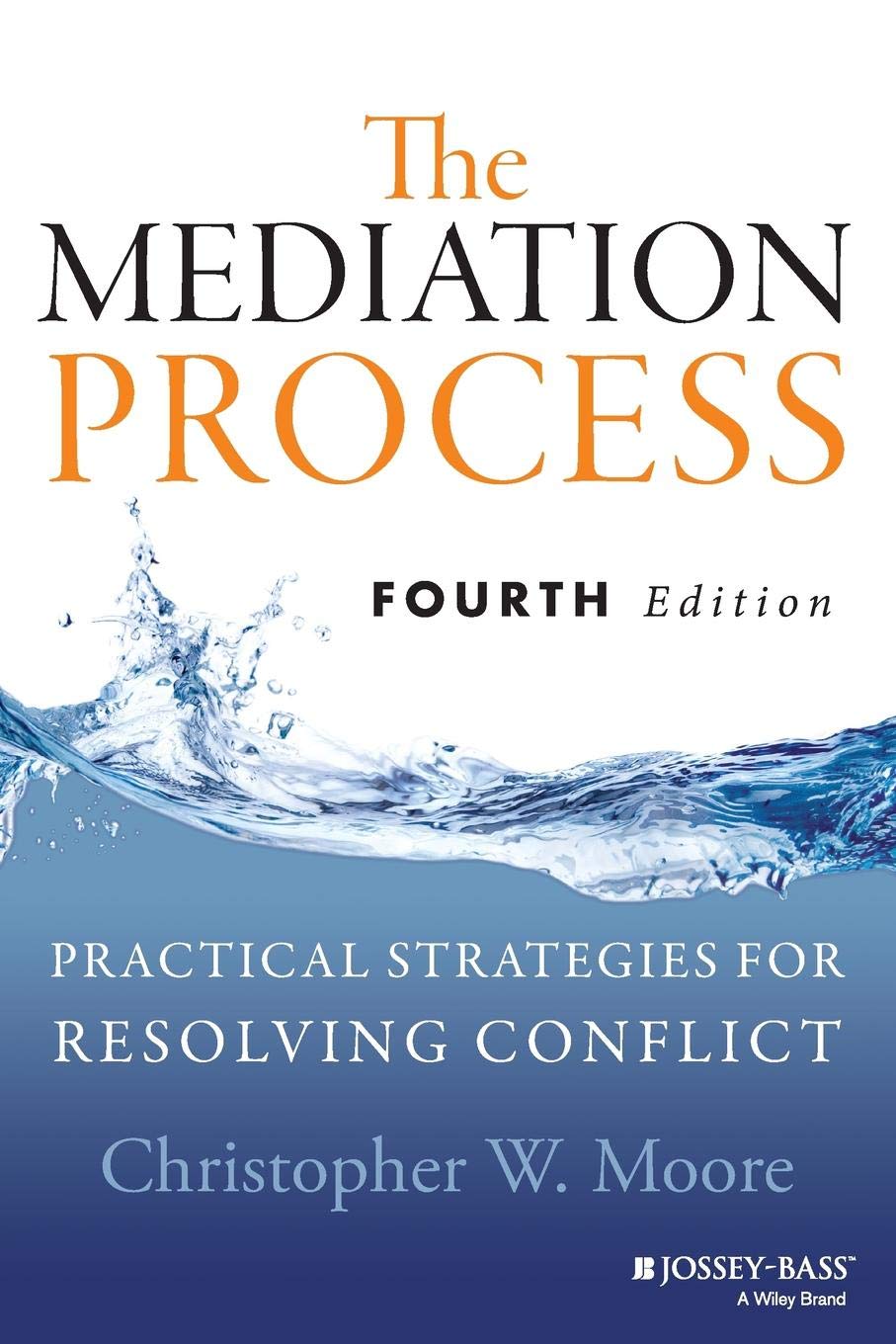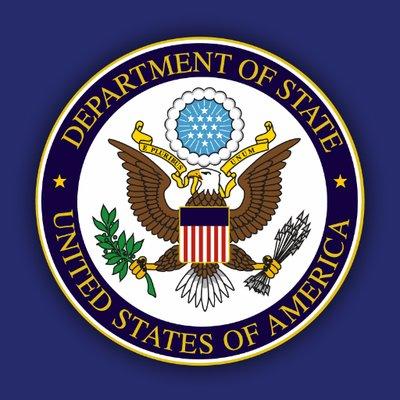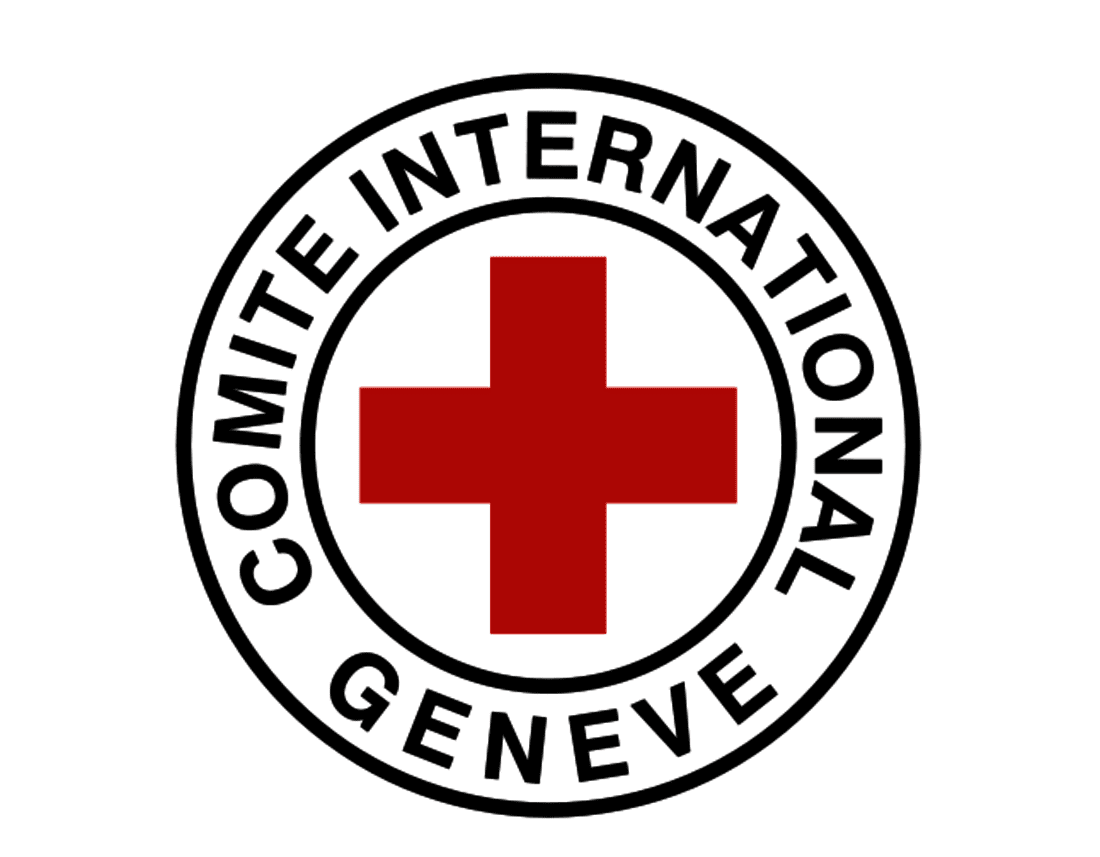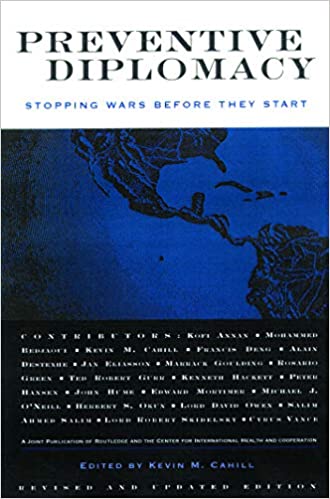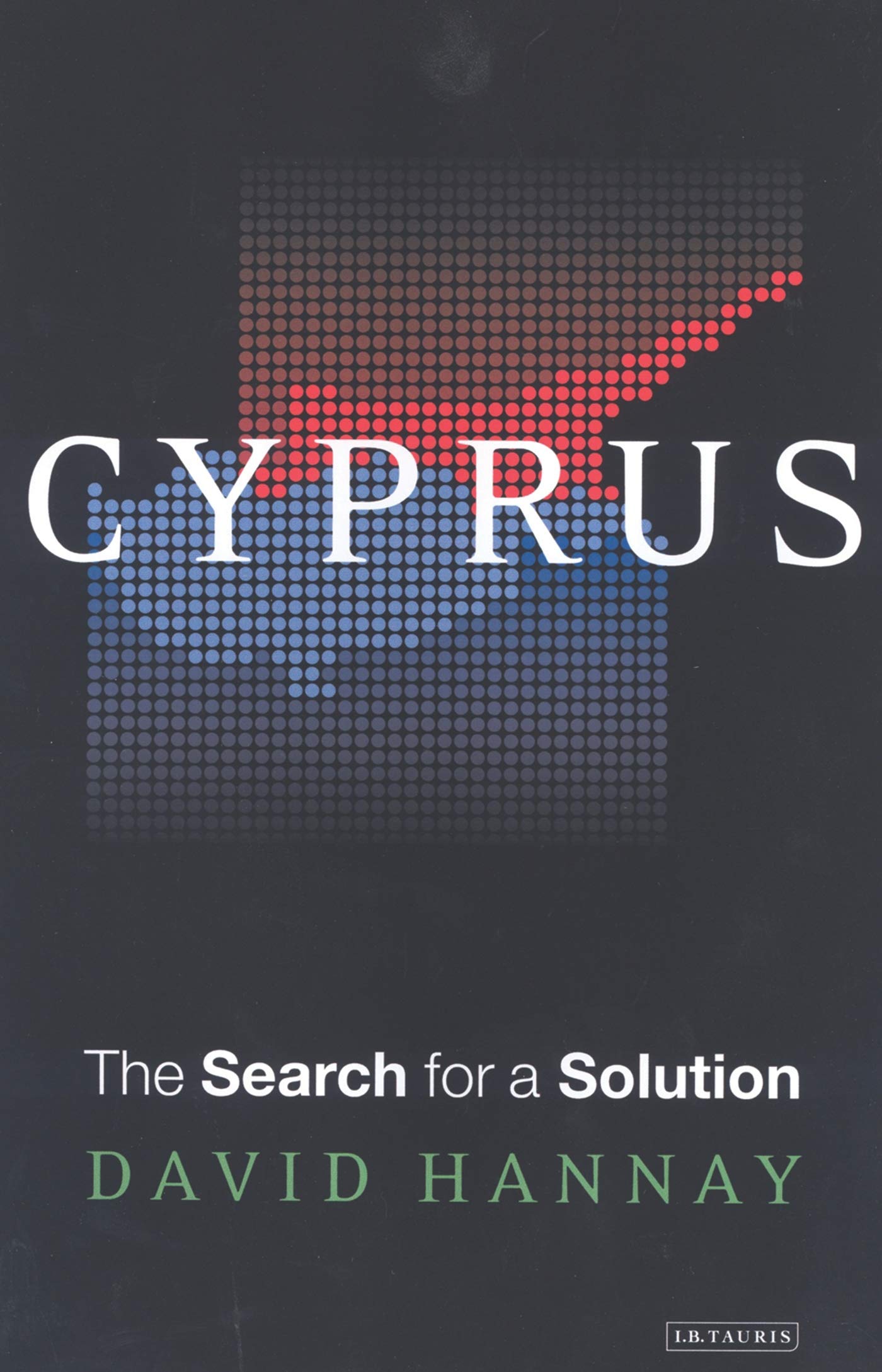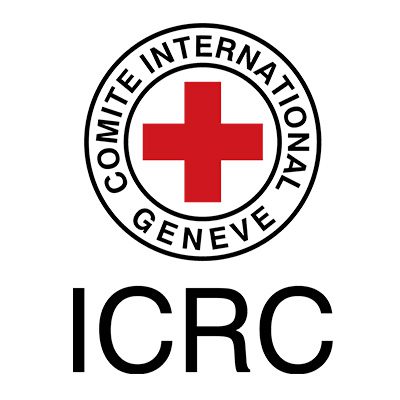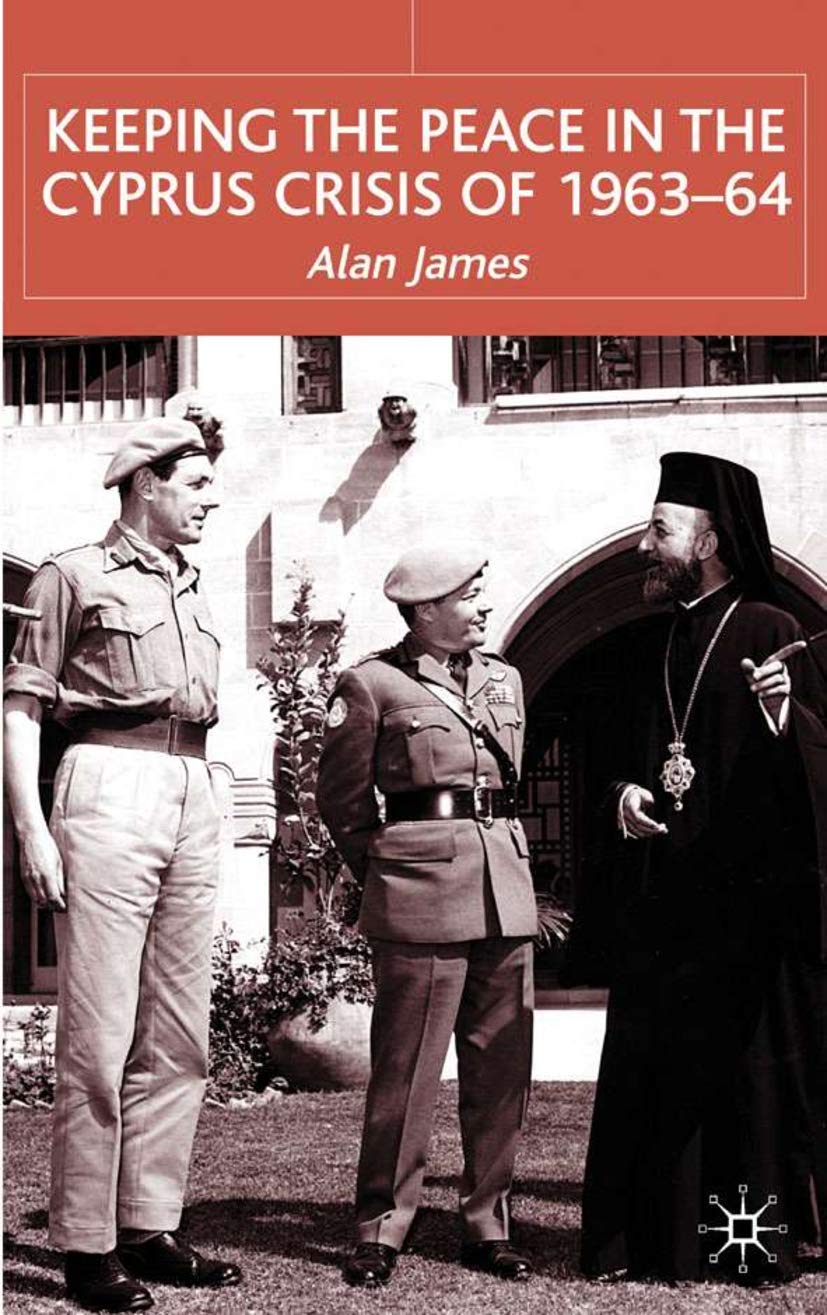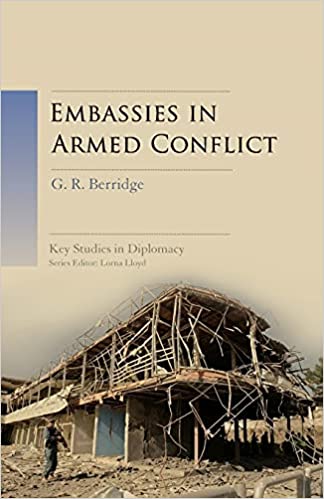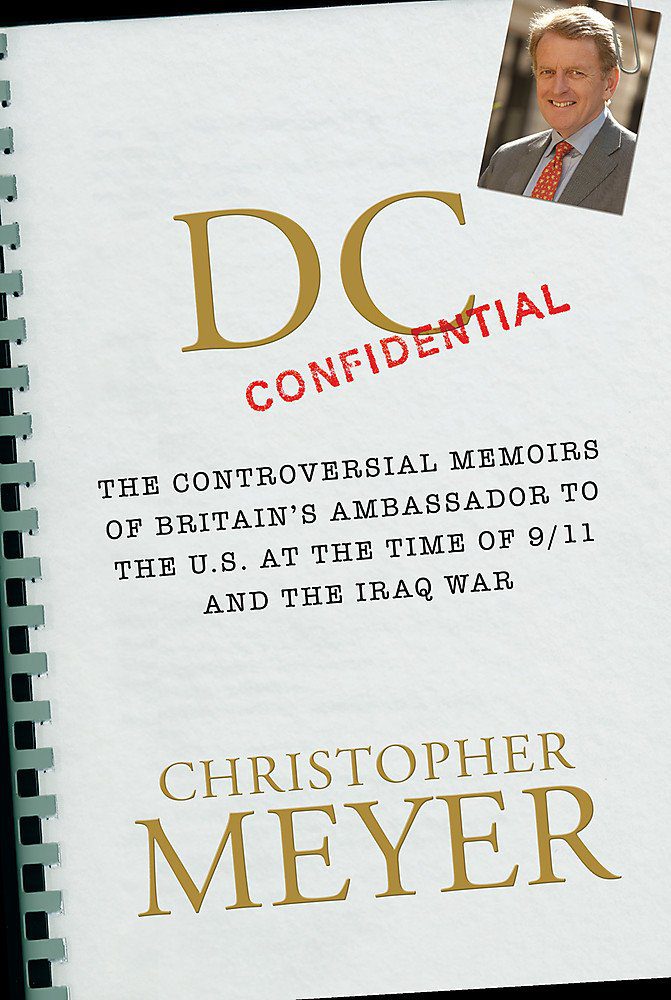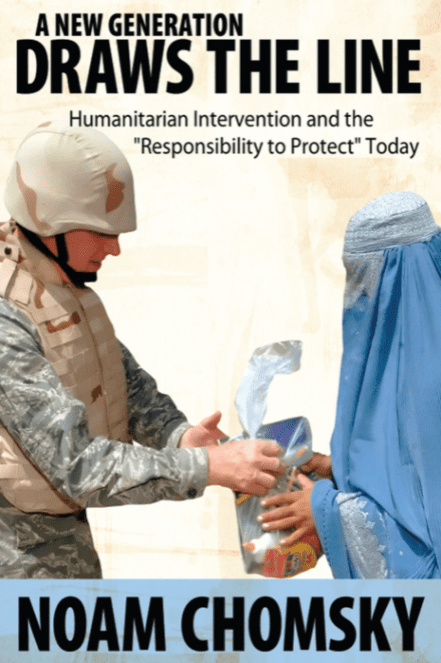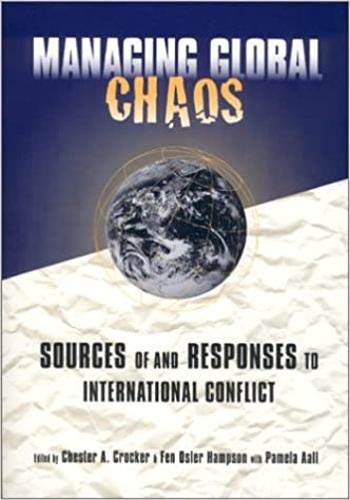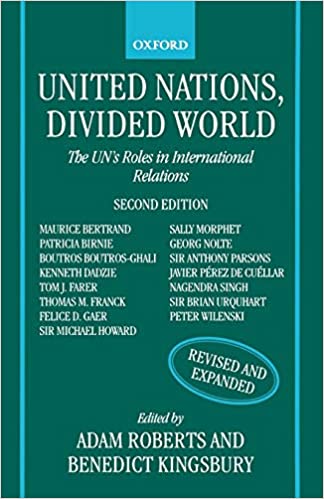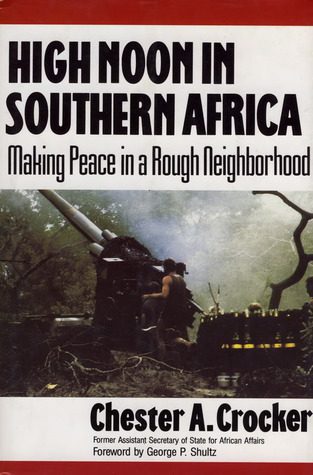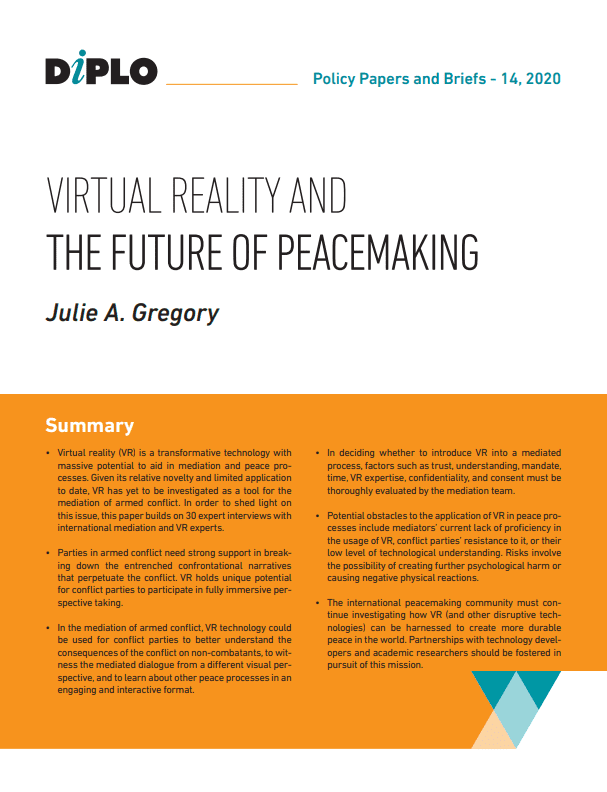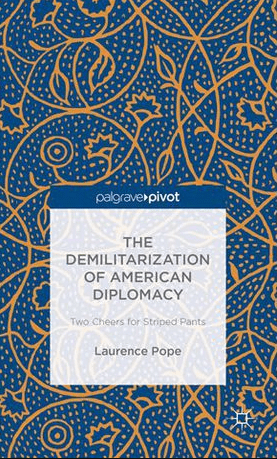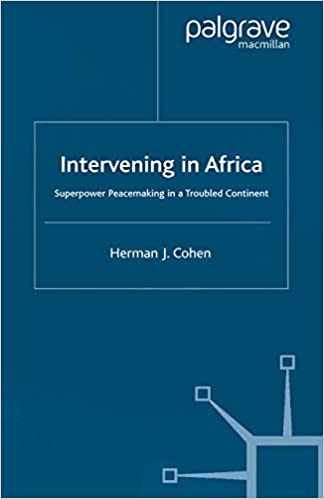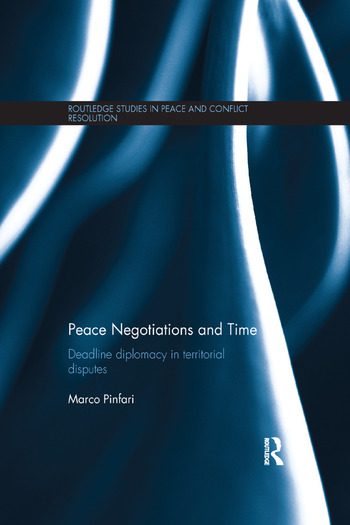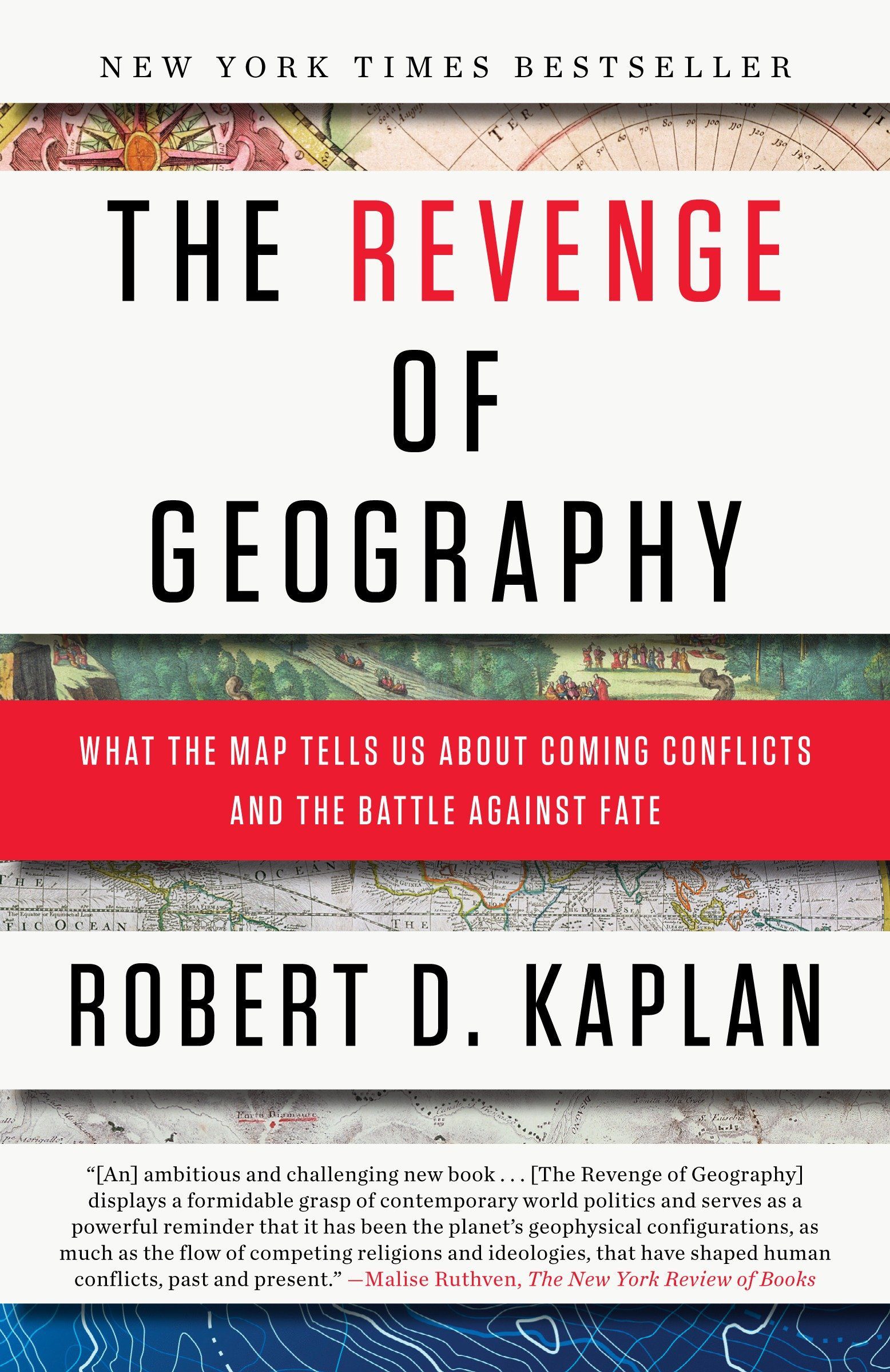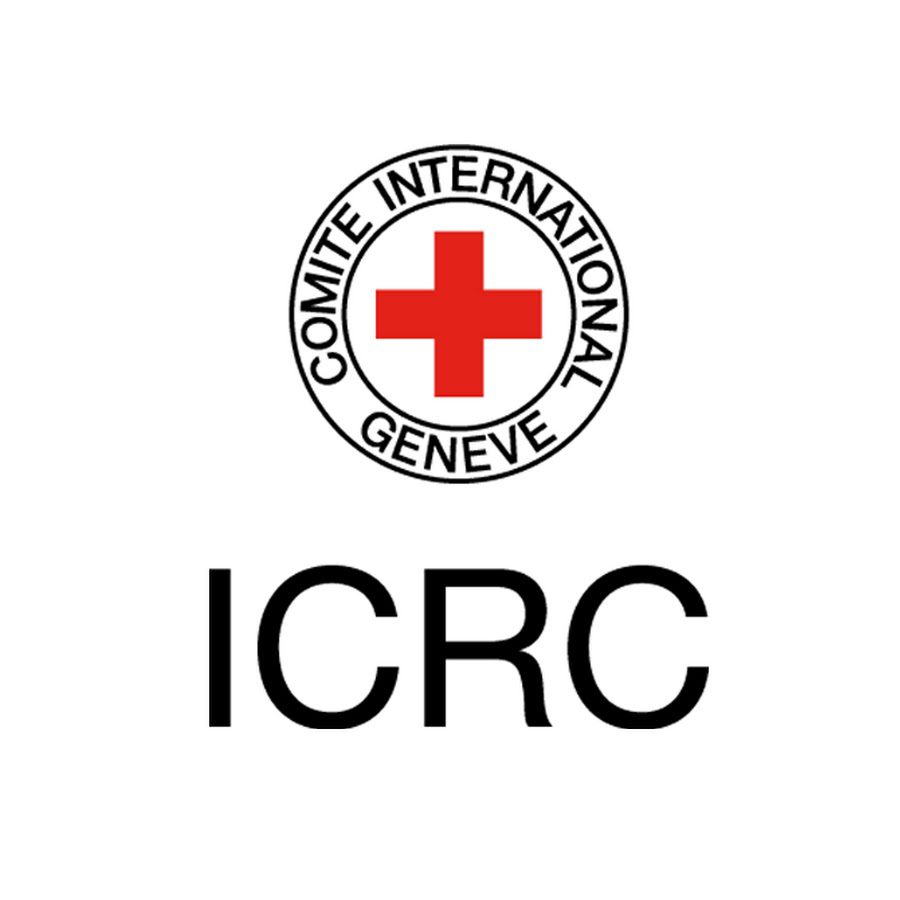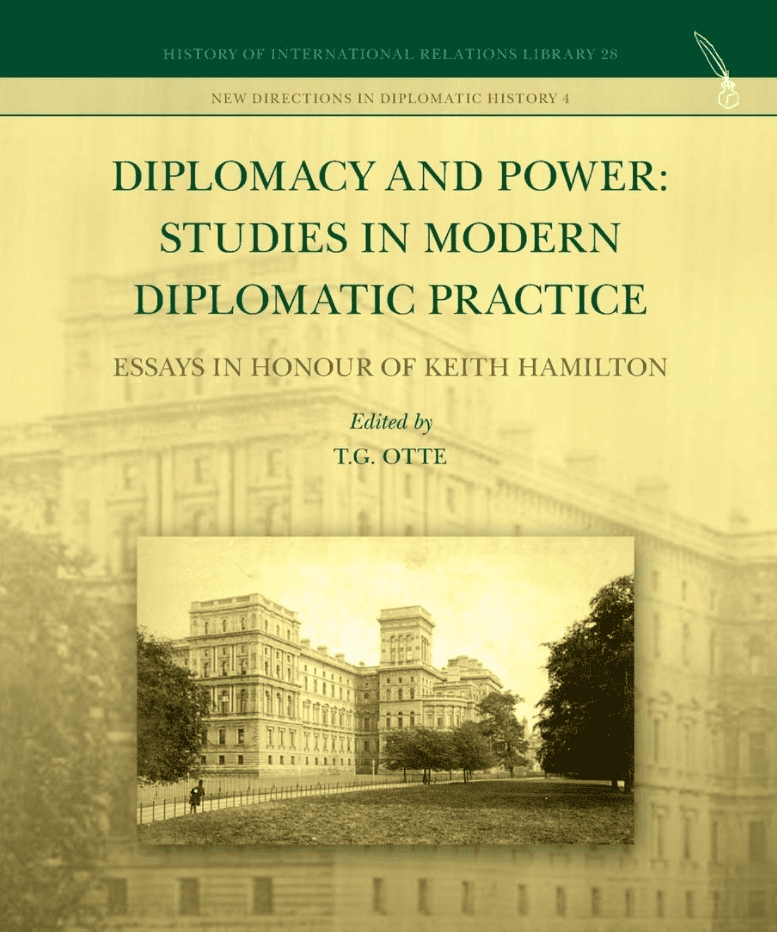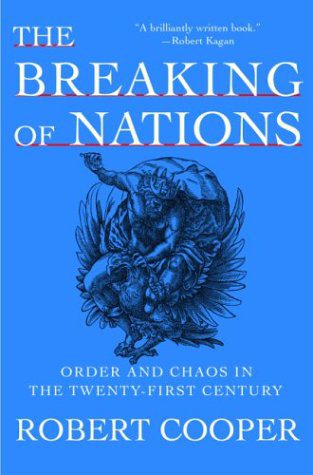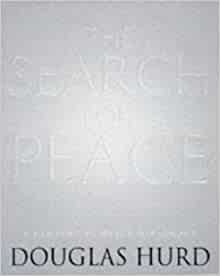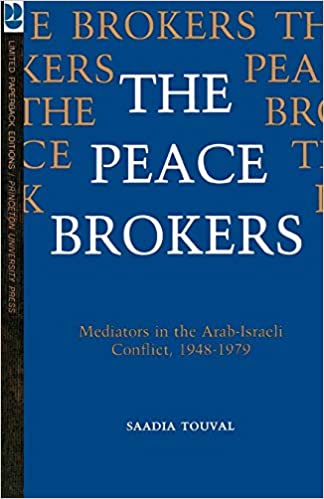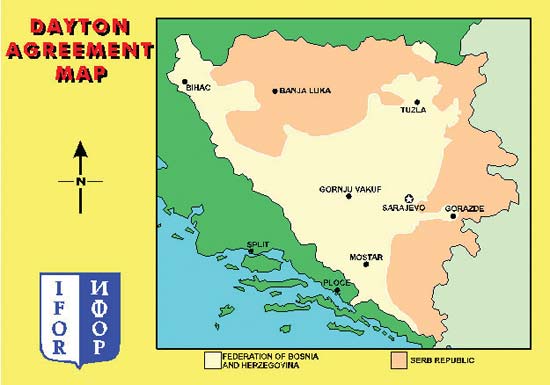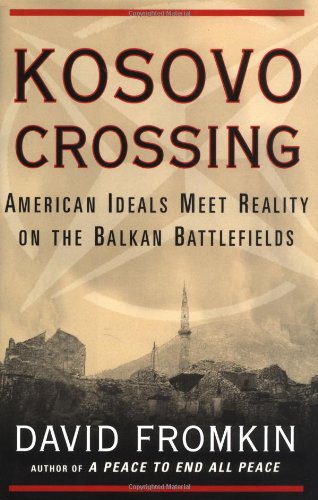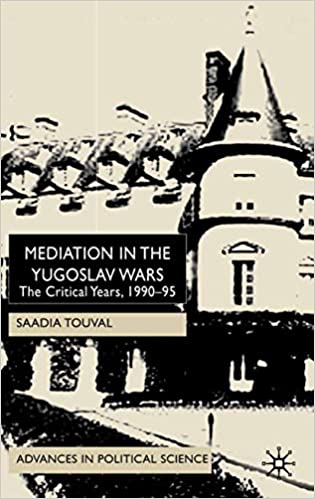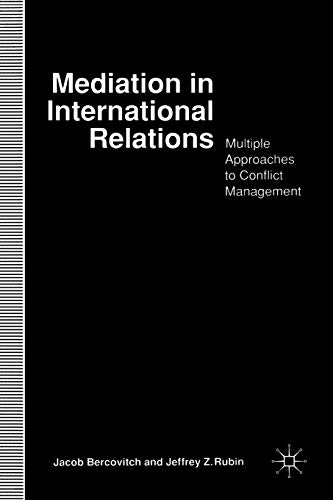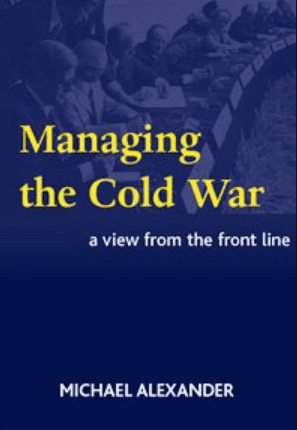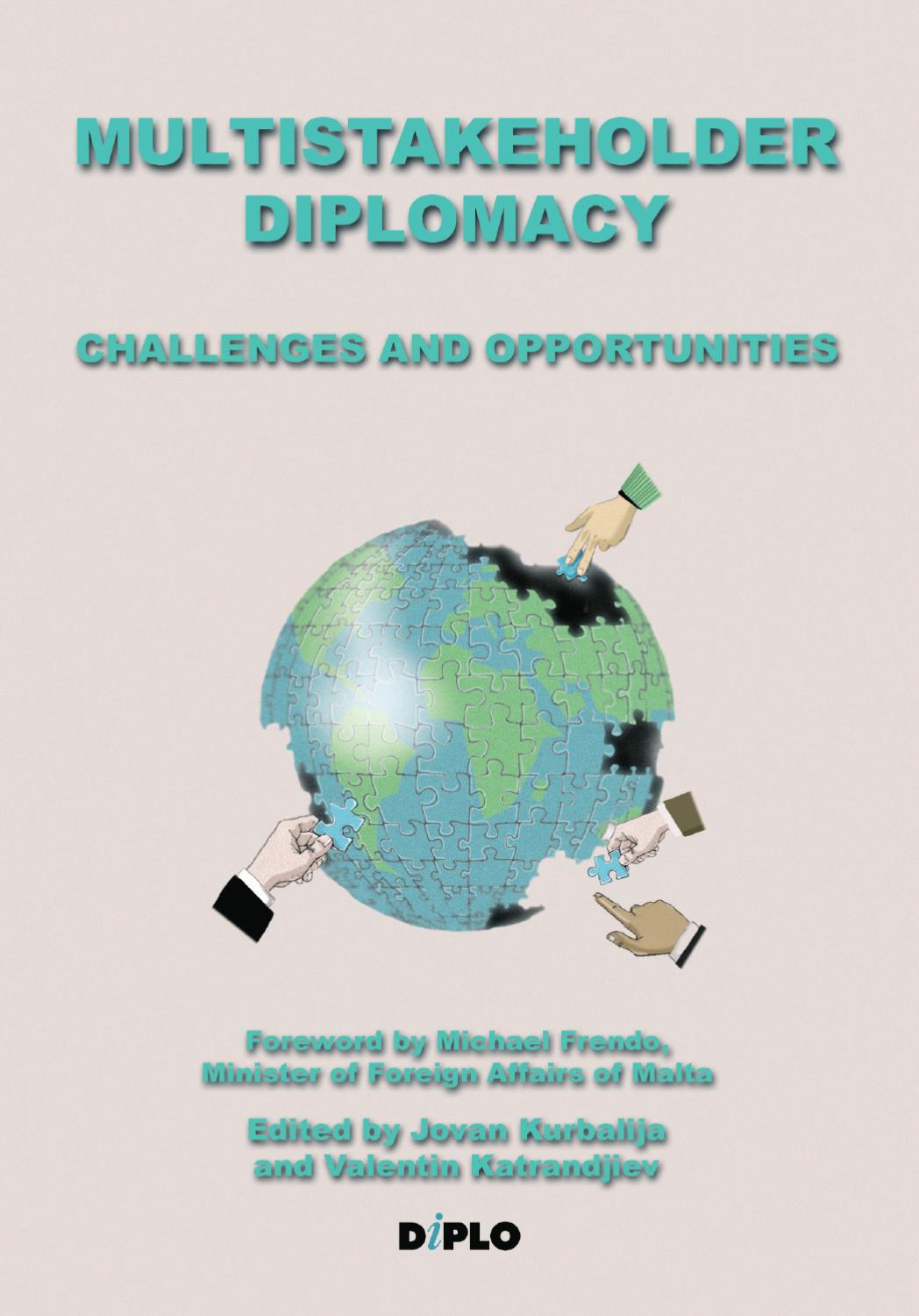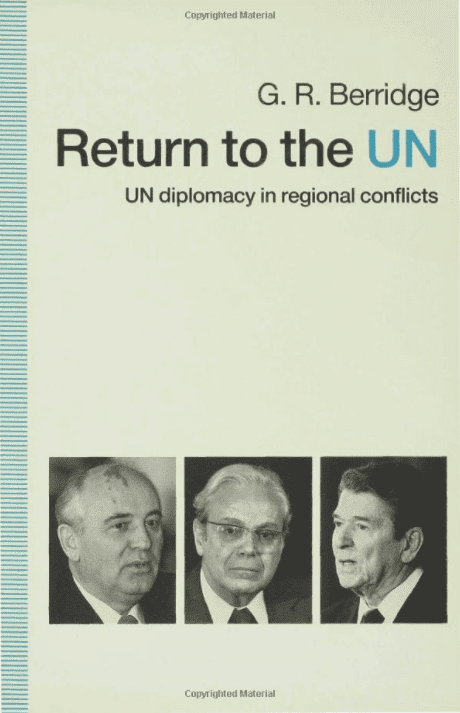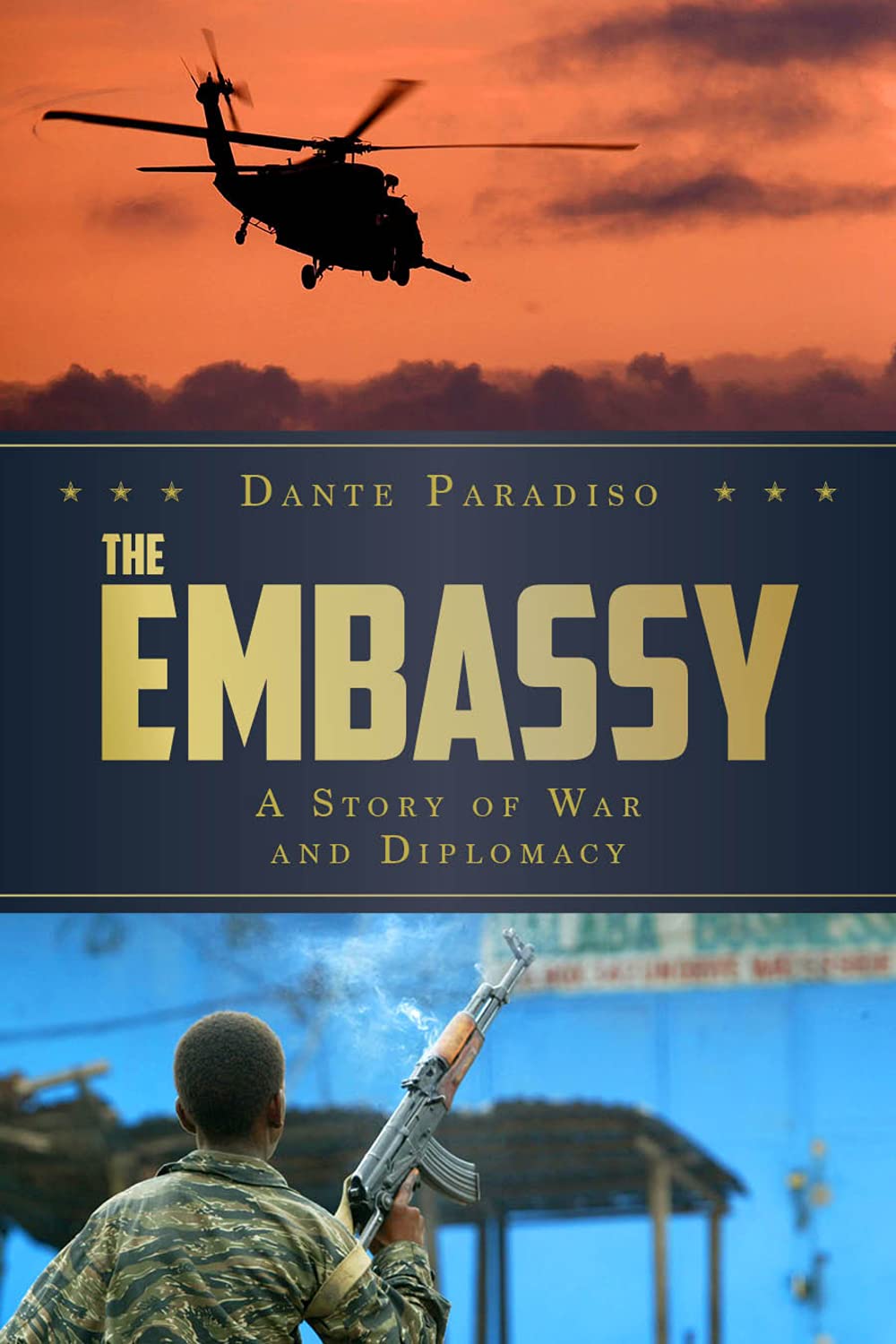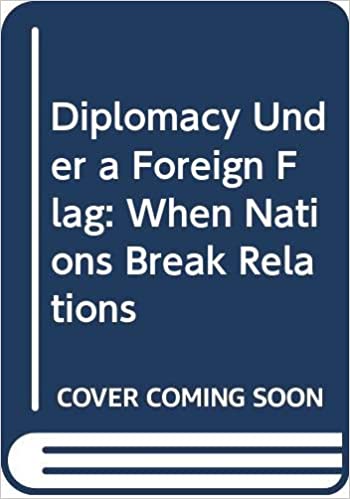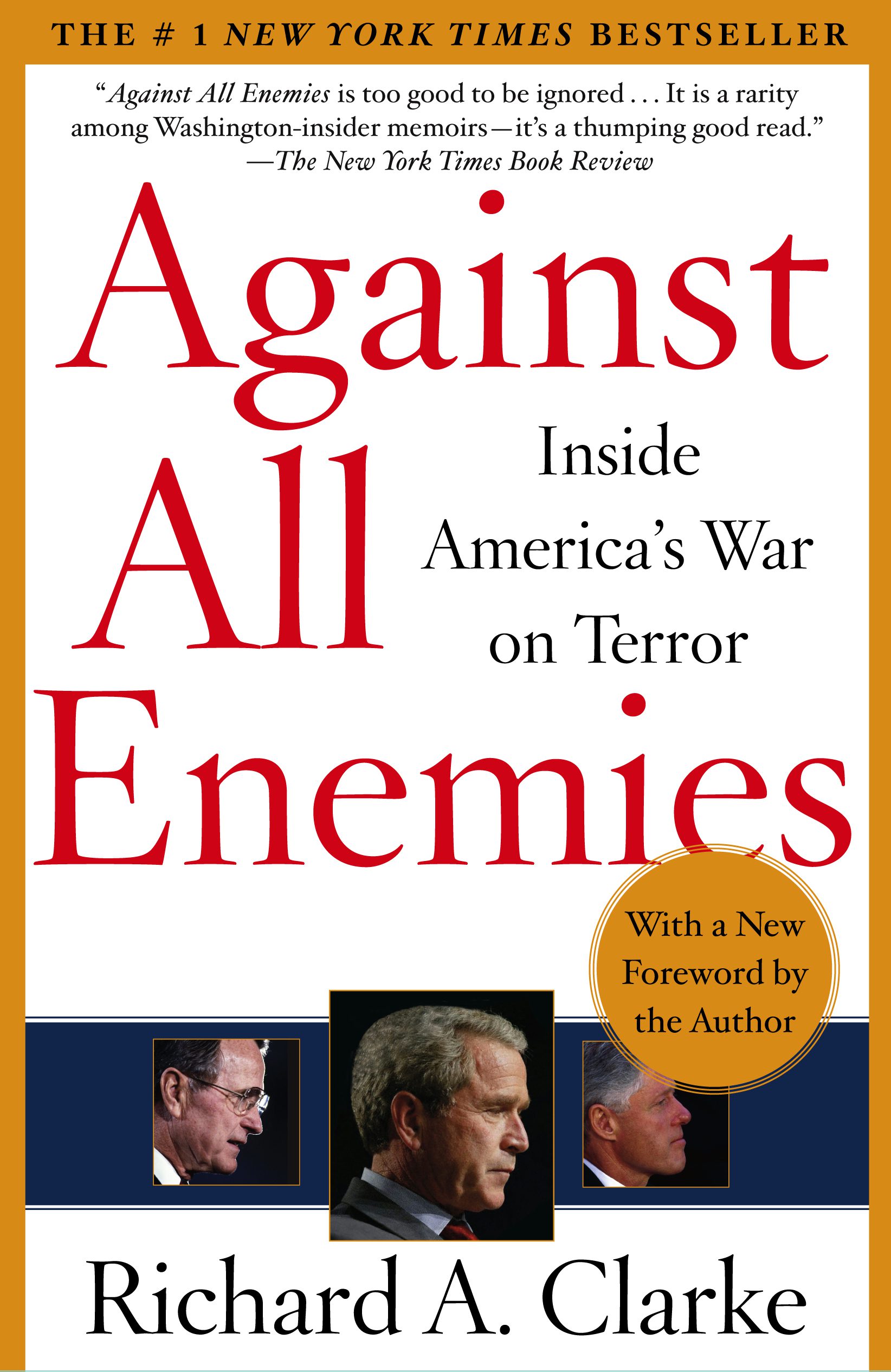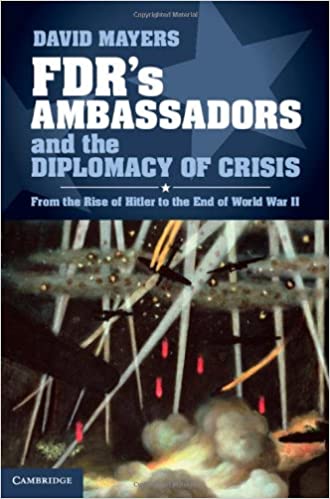The first statement is unexceptionable but the second is presumably hyperbole because revolutions generally mark the fact that fundamental changes have occurred, and the corollary of this is that they are lasting – or at least not quickly overturned. As a result, had Baxter and Stewart been serious about the question of revolutionary change they would have needed to ask their contributors not only to record the character of mission practice prior to the outbreak of war but also for some years after it had been concluded. However, their book casts light only on the short term effects of war, and even these do not appear to me to be always as dramatic as they rather sweepingly assert. Since they provide no comment on the effects on embassies of pre-twentieth century wars, it cannot be said that they prove that such changes were “unprecedented” either. While the cases they choose are quite varied, the selection also seems a little idiosyncratic.
Diplomats at War contains twelve chapters, most of which concentrate on the experience of a head of mission rather than the mission as a whole, while one deals with a commercial attach and another deals not with diplomats but with British imperial proconsuls. Six of the chapters are about missions in allied states, four about missions in neutrals, and one about a mission in a state engaged in a war in which the sending state was an interested neutral; there is no chapter on a mission in a state with which the sending state was at war (to point this out is not as silly as it might sound because the missions of belligerents are not always expelled immediately, while when they are their role is usually assumed by the mission of a protecting power and this may shelter a few staff from the ‘expelled’ mission). Three chapters (a quarter of the book) are about missions in Washington, and the work has a strong Australian flavour. It begins with the Russo-Japanese War (1904-5) and concludes with the opening years of the Cold War. It has an Introduction but no formal Conclusion (the conclusion is in effect to be found in the final section of the Introduction, pp. 19-21). This is what tends to happen when scholars have a good idea but then follow it up not by means of a sole-authored monograph but via a collection of essays written in the main by other people, some of which essays are also, inevitably, re-treads.
What emerges from these studies that bears generally on the theme of the book are the unsurprising conclusions that, in war-time, diplomatic missions tend to become militarised (as today in the case of US embassies in the front line of the ‘War on Terror’); suffer privations and even shifts of location; find themselves with a more crowded agenda; need to give much more attention to propaganda; and have to cope with an upsurge in special missions, para-diplomats and war correspondents – the general upshot of which is usually that the influence of the diplomatic component in the mission is diminished. However, in reality the extent to which the influence of the diplomats diminishes varies considerably and, in his own chapter on Knatchbull-Hugessen in Ankara, Baxter comes close to arguing against himself by admitting that the ambassador ultimately won his battle with Churchill (of all people) over the issue of Turkish neutrality. He might have added, too, that this was not least because the huge military component in his embassy could – by virtue of being permanently on the spot – see for itself how vulnerable Turkey was to German power, and so supported his more sympathetic view of its predicament. (The military component was quickly wound down after the war; see my British Diplomacy in Turkey.)
Having said this much, there is not one essay in this book that is not worth reading. For example, Keith Hamilton – whose command of detail is awesome and droll asides are always to be savoured – provides a sparkling refresh of his long extant biography of Sir Francis Bertie, the ageing British ambassador in Paris during World War I; Thomas Otte revisits more deeply and with his usual authority the story of Sir Francis Oppenheimer, the scandalously maligned British commercial attach in The Hague during the same conflict, thereby incidentally reminding his readers that there are other people in embassies besides heads of mission; and Christopher Baxter – although I wish his chapter had not been quite so narrative – provides what will probably prove to be the definitive account of the affair of the spy ‘Cicero’ at the British embassy in Ankara during World War II. I was impressed, too, by the attention drawn by Greg Kennedy to the belief of Lord Halifax, British ambassador in Washington during World War II, that laying the ground work for peace was his own priority. It would have been interesting to know to what extent this was a general reflex of ‘diplomats at war’ in the first half of the twentieth century.
